Text by Samuel Gaskin
No brown ballet shoes for me where they at? ..........
I wanna be a dancer but Mum can’t afford it ......
I thank her for all those times she spent her last twenty dollars on a train fair for me to Tony Bartuccio’s
That one funk class planted those seeds to grow me .....
Bars and mirrors pushed me outside my comfort zone .....
Would I have made it if she didn’t make that selfless choice .....
Could I have made it without support from her ……
My inner voice ......
Australian Ballet seems to monopolise the funding .....
How many brown ballerinas do they have in that company?
No offence but your institutions are old and white .....
Australia is beautiful in that we have much culture bright .....
Refugees bringing boatloads of pure talent .....
Don’t have the money to be sending all their kids to classes .....
Whose going to change it up switch it up make it right .....
Is it easier to be a “Dancer” if you were born “White” .......
I know the answer to that question I’m guessing so do you ......
It’s time to let it marinate and think on what to do .....
Time to paint the arts with all the flavours of this nation .....
They come from every corner of the globe “ONE NATION”
I wanna be a dancer so I went out and did it ....
Wanted to be a dancer now I run my own business .....
Booking beautiful brown skinned dancers ....
Giving younger ones hopes and chances ....
Shine bright beauties we are the answer ....
Building on an empire that was founded in dance .....
I am forever grateful now I am in demand ....
I do more than dance
I move to inspire
I move to inquire
I move with desire
FOR CHANGE
Text was produced by Samuel Gaskin as part of a new initiative of Delving into Dance publishing written content that explores different aspects of dance from a range of perspectives. Edited by Teik-Kim Pok.
This initiative is supported by the Victorian Government through Creative Victoria and the Australian Government through the Australia Council, its arts funding and advisory body. If you enjoy Delving into Dance please consider leaving a contribution. Contribute here.
Samuel Gaskin - commercial dancer and successful singer/songwriter. Hailing from African, New Zealand and European roots, Sam has always been one to stand out in a crowd.
Samuel is passionate about uplifting and inspiring the next generation of performers and facilitates Masterclasses & workshops for Ausdance & Chunky Move he also helped roll out the “Diversity in Theatre” program for the VCA & Melbourne University. He is proud to sit on the National Performers committee for MEAA as the Victorian Vice President and also works as a speaker for Beyond Blue sharing his journey with mental health and well being. Samuel is the Managing Director of Beat Entertainment.
Find more about Samuel’s work here.
https://www.youtube.com/watch?v=9lko7DMiVQA
https://www.youtube.com/watch?v=Vj68kqYUhGM&t=13s
https://www.youtube.com/watch?v=2H-guhzZCzg
I obsess over the beauty, the colossal scale of brutalist architecture. Smooth, curved, angular, contrasting. The manipulation of materials into constructed utopias.
I feel like I (and everyone else) has been on a rollercoaster of emotions. Moments of elation, moments of soul crushing misery, moments of calm and those moments in between.
To drill into the territory of boredom is to ask specific things of an audience, not the least of which is patience and a capacity to stay in a work when limited sensory stimulation is taking place.
JULIA’s core concept is based on the political life of Australia’s first female Prime Minister. Built on primary research sources including parliamentary transcripts, media reporting and public commentary around the political life and leadership of Australia’s first female Prime Minster, Julia Gillard
On my quicksand days
of crawled choreography
and monologues of moan…
I rehearse in the bath
the tap drip my metronome…
The evolution of the word with gesture, plus dance, is the story of the development of the social human - the real success story of us. Dance, as elaborate repetitive movements, supports rituals for special occasions (weddings), group identities (folk dances), information systems (histories), and recuperation (grieving / healing).
Dance can change lives, I have seen it with my own eyes.
Excellence does not have to walk hand in hand with elitism.
Technical mastery is hard won but there can be such a cost when it is achieved at the expense of our ability to manifest the deeper truths of our being. Technique is a means to an end and not the end in itself.
Dance in a virtual reality environment is an embodied participatory experience, which means that you experience it with your whole body by dancing.
Dancing is utterly central to the club and dance party culture-the dancer and the dance floor playing equally important roles in creating the environment and influencing the production of the music.
The recent round of Australia Council for the Arts four-year organisational funding leaving only eight dance organisations funded Australia-wide, it has been made starkly clear that already tenuous professional pathways for working dance artists will only find dead ends within the current cultural funding structures.
A choreography of voices exploring why dance matters now, conceived and arranged by Alison Plevey with contributions from Australian dance makers and doers aged between 11 and 86 years; Akira Byrne, Caspar Ilschner, Cloe Fournier, Elizabeth Cameron Dalman, Eliza Sanders, Kristina Chan, Lara Dorling, Philip Piggin and Emily Wells.
A dialogue exploring identity and connection to place that is enabled through embodied movement.
The air is covered with thick smoke, the land is burning, the sky is grey, the atmosphere dire; there seems to be little reason to dance, but as someone wisely told me: “you can’t pour from an empty cup.”
In attempting to ‘captureʼ something about the practice, we (as witnesses) started taking photographs of each other as the mover. But taking photographs implicates the photographer in a field of assessments, personal preferences, camera angles and so on. In other words, the photographer makes lots of judgments.
I sit at the computer, at the library in Kottbusser Tor. I listen to 'Sleepstep' by Dasha Rush as I write. Messages come flying at me via; Facebook, Instagram, E-mails, and Tindr. I am open to receiving and answering these messages, but there is a ring of violence around my heart.
Don’t have the money to be sending all their kids to classes .....
Whose going to change it up switch it up make it right .....
Is it easier to be a “Dancer” if you were born “White” .......
Dancing for joy or for rain, dancing in a concert, a theatre or a particular site, dancing as a form of self-expression or within particular community contexts all serve a range of purposes.
My relationship with dance is more turbulent and complex than any human connection I have ever formed. It is a conversation between the body and mind that manifests differently in every person who takes part. The way someone moves naturally – regardless of training – is a uniquely personal piece of themselves.
Dance is simply the movement of bodies through and in space in response to something unseen.
Who creates the conditions in which an artwork makes an appearance and gathers value?
Technological and information saturation has rendered us unable to grasp the immanence of global warming. That is, climate change is everywhere, impacting on everything as a gestalt.
For years, I was only concerned with how fast I could dance, how many pirouettes I could do and how fast I could drop into the splits.
All bodies (dancing bodies, performing bodies, bodies at train stations, travelling bodies, bodies eating lunch…), are vessels of knowledge, brimming with somatic understandings that are only realized through constant investigation.
Giving mature dancers more performance opportunities allows for more
diversification in the dance industry as well as a better representation of an older
demographic in society.
As narratives, the qualities of feeling and connection are teased out in the process of collaboration; the work takes on a non-linear form, ideas ebb and flow, wax and wane. In order for nurtured collaboration to occur, synchronicity and flow are important.
AIDS had a devastating impact on the dance community globally. Lisa Petty was a dancer in New York City during the height of the epidemic. She shares her memories.
*dancing is used here as a noun, as distinct from dance. A dancing denotes one’s psychological state during, but not limited to, any physical activity, or indeed the course of a dance. Its essence is compositional, as derived from choreographic thinking, in organising actions and possibilities. For example, one can feel a dancing when combining opposing actions, like smiling while saying something disturbing. It is also possible to be in a dancing while standing still, and realising every possibility for motion.
Henry Jock Walker is an artist who almost effortlessly puts joy back into the art of painting. With a primary focus on process, Walker incorporates performance, the readymade, machines, surfing and collaboration. In many instances, it is not the final outcome that is important, but the process by which the image is created. And in embracing such a range of activity, with a reliance on chance, Walker is able to bring fun into painting.

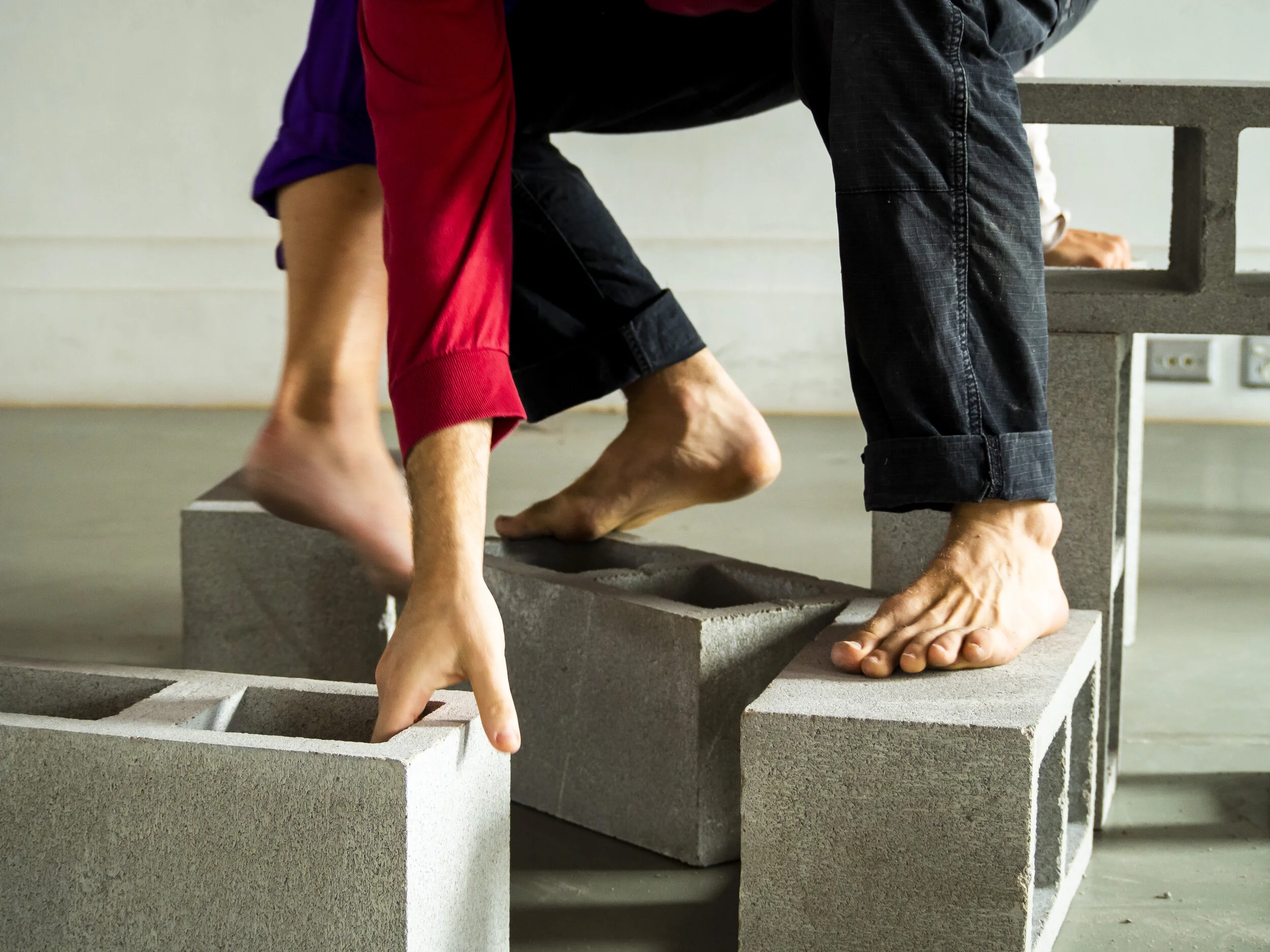


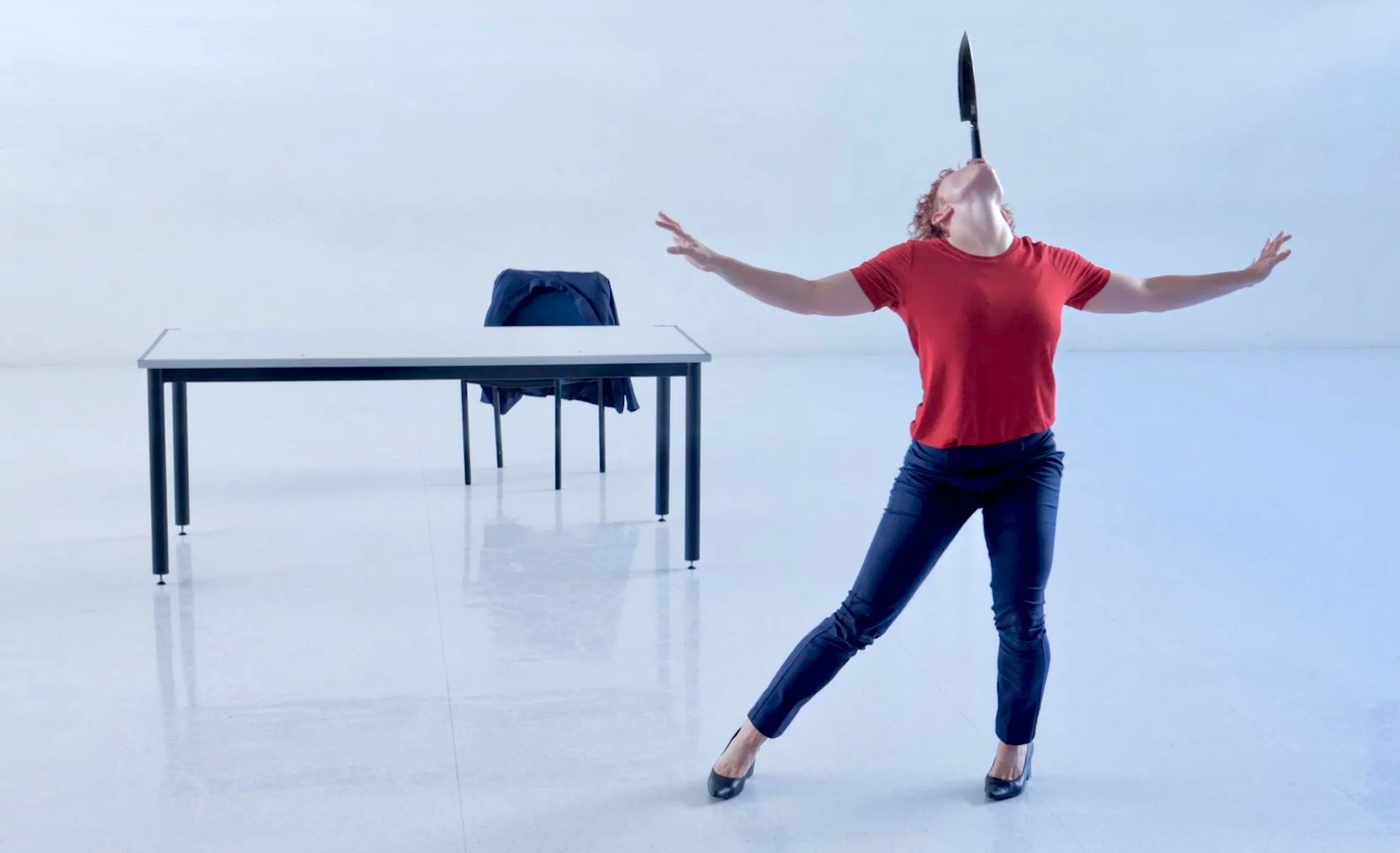






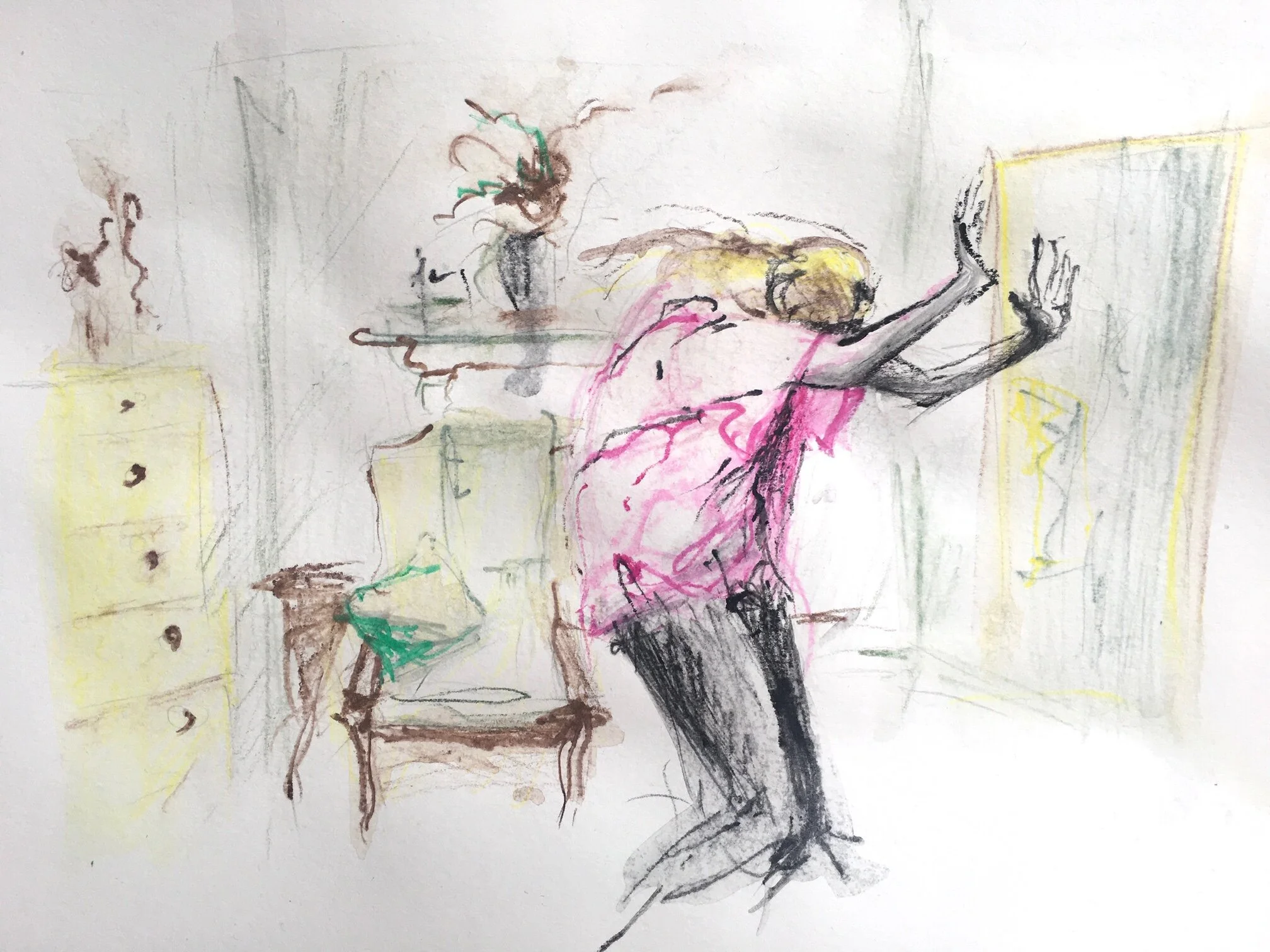
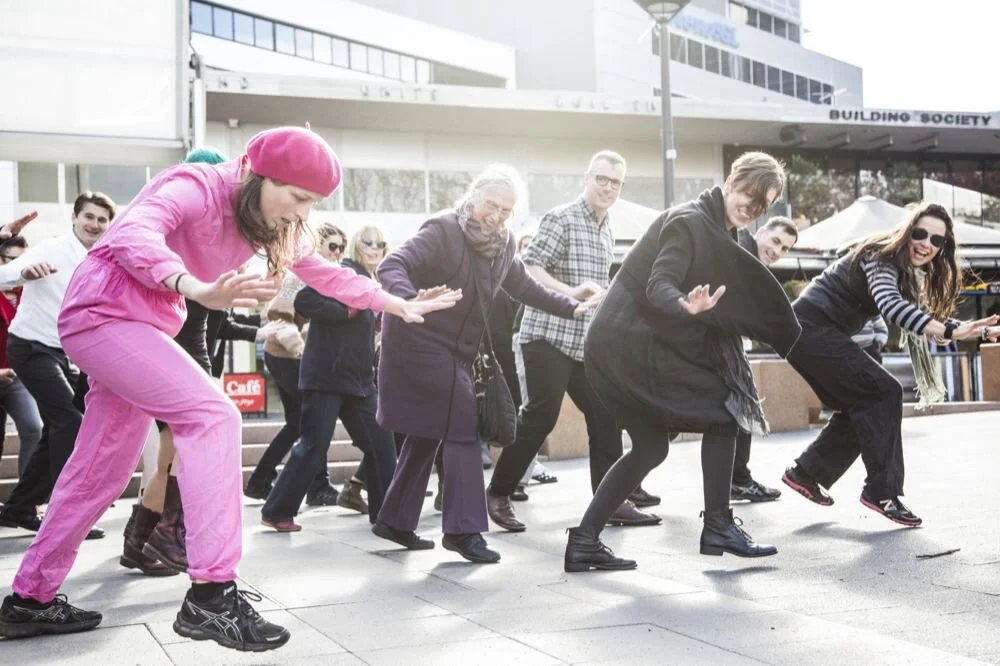







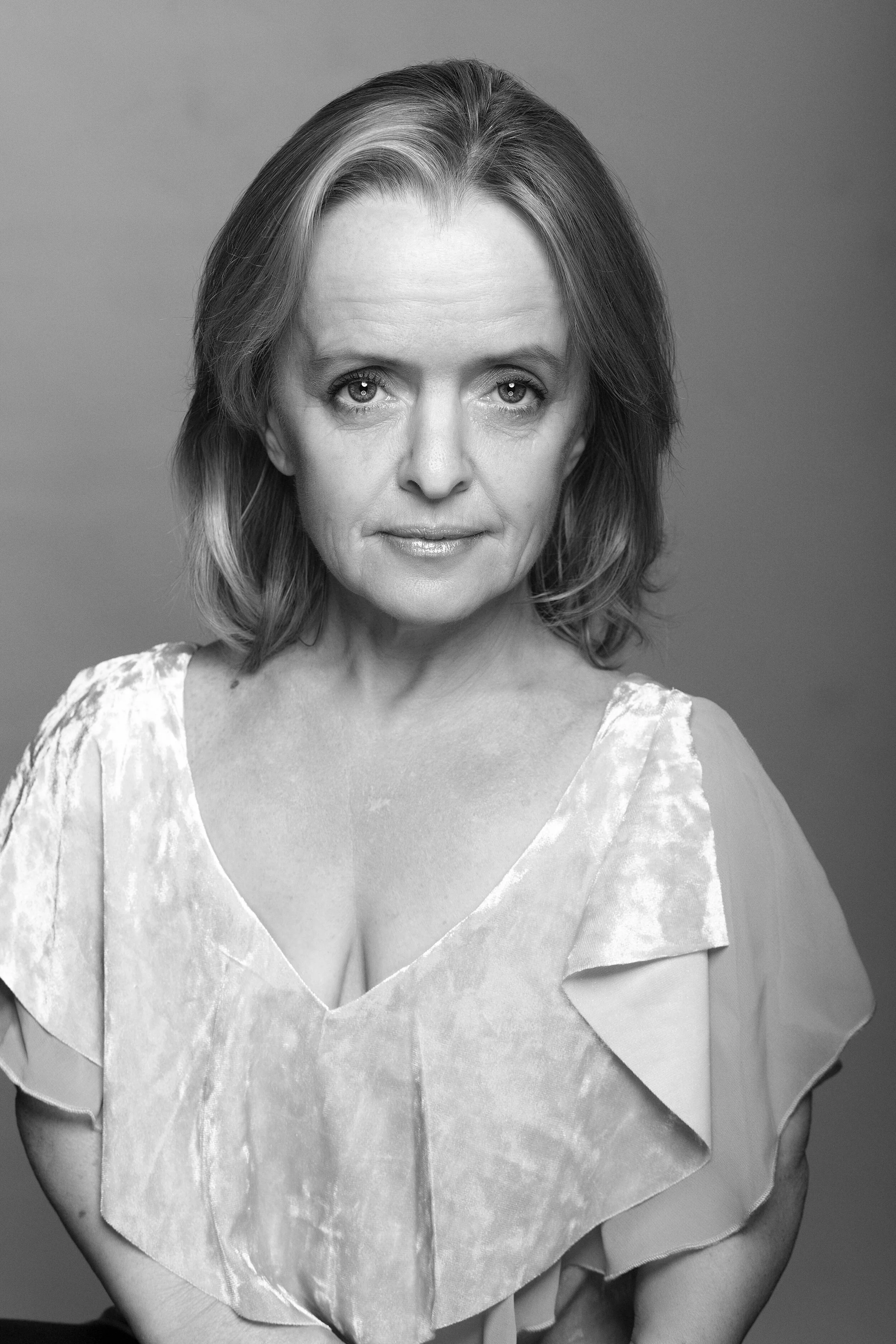




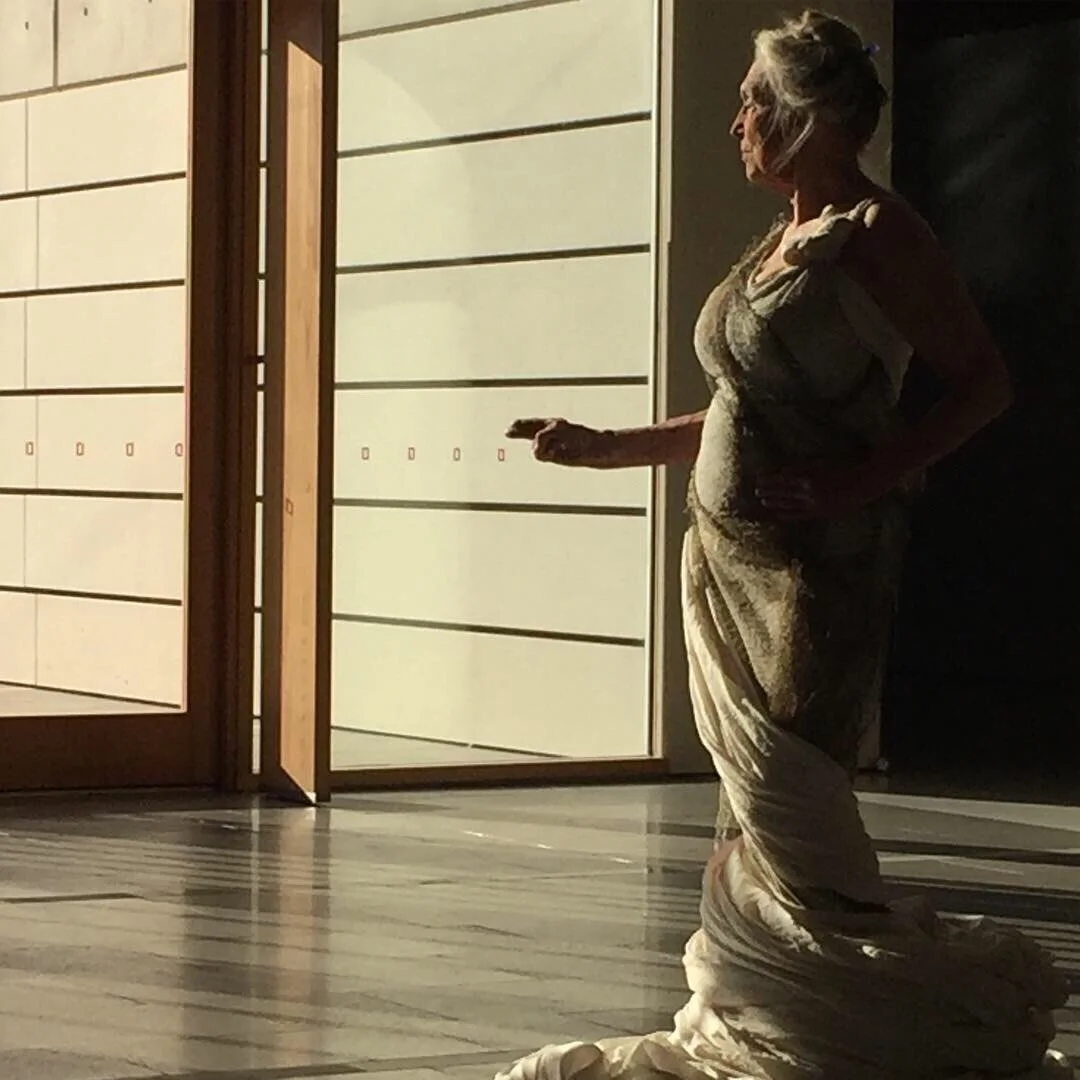




Dance was born outside, perhaps dance can return to outside? We practise in a community, by this I mean, in class, rehearsal, performance and in communion with other bodies where we seek to connect, to dispel loneliness, to find purpose, find tribe and belong.